Institutional breakthrough
At the regular press conference held by the Ministry of Science and Technology on the afternoon of June 27, Mr. Nguyen Phu Hung, Director of the Department of Science, Technology and Technology, pointed out 10 strong innovations, demonstrating a fundamental shift in thinking and development orientation as reflected in the Law on Science, Technology and Innovation that was just passed by the National Assembly on the morning of June 27.
Mr. Hung affirmed that this is a breakthrough in institutionalizing important resolutions of the Party, especially Resolution 57 on the development of science, technology and innovation; Resolution 66 on the development of knowledge economy and Resolution 68 on innovation of the management mechanism of science and technology tasks. Below are 10 innovative points of the Law on Science, Technology and Innovation:
Firstly, the Law clearly affirms the fundamental role of science and technology. Science and technology are considered the key factor and driving force to enhance national competitiveness, promote socio-economic development, ensure national defense and security and improve people's quality of life.
Second, innovation, for the first time, is included in the Law and placed on par with science and technology. This is a fundamental change in development thinking. While science and technology are the professional activities of scientists, focusing on research and development of new knowledge and technology, innovation is a process of the whole people.
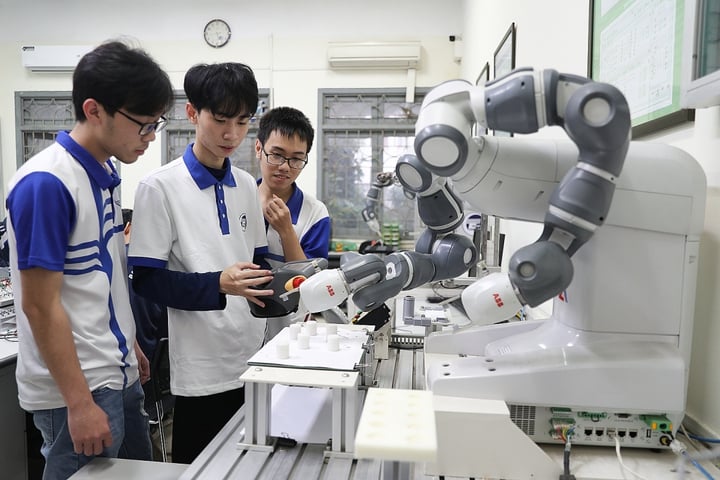
The Draft Law has 10 important new points, creating a major shift in specialized fields.
Third, strongly shift management thinking from controlling processes and inputs to managing results and output efficiency, accepting risks. The focus of state management is no longer on implementation methods, but on research results and practical impacts.
The law provides for controlled testing and acceptance of risks in research. Overall effectiveness will be measured, and the results will be used as the basis for resource allocation.
Fourth, the Law establishes a clear direction for the transition from a country that mainly uses technology to mastering strategic technologies. These technologies have a major impact on economic growth and national security.
State budget investment will be focused and prioritized on tasks of mastering strategic technology, instead of being spread out as before. This will be assigned to capable and reputable enterprises and research organizations to carry out.
Fifth, science, technology and innovation will be driven by the market and product orientation, orienting technological development and identifying relevant research problems. This approach will help science, technology and innovation to be more closely linked to practical needs and create practical values.
Sixth, invest in developing higher education institutions into centers for scientific research, technology development and innovation, gradually forming high-level research centers associated with high-quality human resource training, ensuring effective coordination with the network of specialized research institutes.
Seventh, shifting the focus of technology development to enterprises. For the first time, the Law devotes a separate chapter (Chapter IV) to regulating policies to promote research, development and innovation activities in enterprises.
Enterprises are strongly encouraged to invest in R&D, not only with their own resources but also with support from the state budget according to the seed capital principle. Enterprises' R&D expenses will be accounted for as production and business costs, and are also tax deductible.
Eighth, the Law aims to balance natural science and social science research, encouraging interdisciplinary collaboration. This is to ensure that technological development is closely linked to core human ethical values. The Law clearly distinguishes the approach between scientific research and technological development, focusing more on technological development to create rapid impact, while still maintaining the foundation of basic research.
Ninth, orienting the development of science and technology in a complete and balanced ecosystem. This ecosystem includes institutions, technical infrastructure, human resources and entities such as enterprises, research institutes, universities, scientists, financial institutions, intermediary organizations, innovation centers and venture capital funds.
In particular, the State plays a role in creating and investing in the construction of key laboratories and shared laboratories, supporting information, standards, intellectual property, issuing preferential financial mechanisms, supporting innovative enterprises, and attracting and rewarding domestic and foreign talents and experts. Coordination between entities will be strongly promoted to create a foundation for a strong and effective connection of the entire national innovation ecosystem.
Tenth, comprehensively carry out digital transformation in science and technology activities and science and technology management. Research and development organizations will use the national digital platform to manage science and technology topics, tasks and other types of expenditure using the state budget.
The law shifts from a pre-audit model to a post-audit model, drastically cutting down on administrative procedures and replacing them with digital management. Thereby, improving operational efficiency, transparency and long-term monitoring capabilities./.
Source: https://mst.gov.vn/10-diem-moi-trong-luat-khoa-hoc-cong-nghe-va-doi-moi-sang-tao-197251017225832389.htm












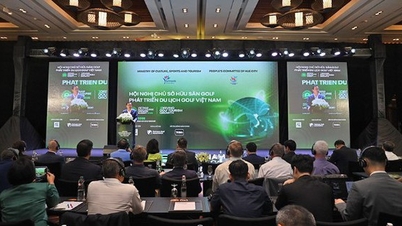
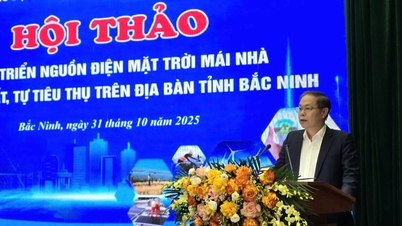

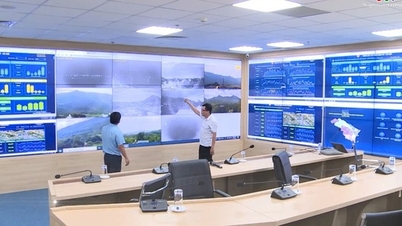




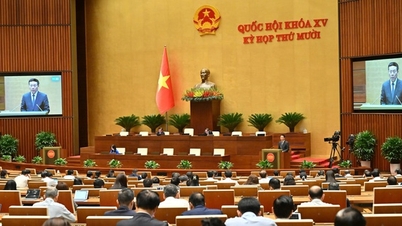
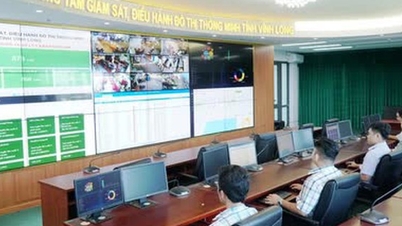





























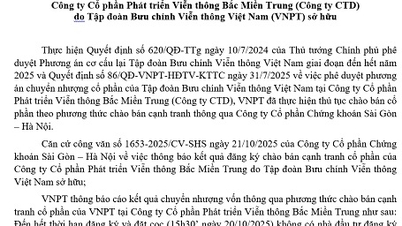
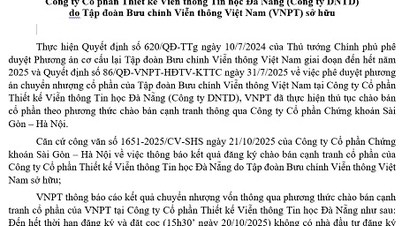

















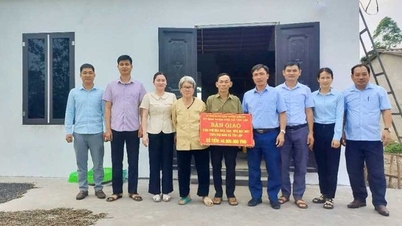





























Comment (0)